To celebrate its 250th anniversary, this documentary tells the story of one of the world’s greatest museums, from its foundation by Catherine the Great, though to its status today as a breathtakingly beautiful complex which includes the Winter Palace. Showcasing a vast collection of the world’s greatest artworks together with contemporary art galleries and exhibitions, it holds over 3 million treasures and world class masterpieces in stunning architectural settings. This is its journey from Imperial Palace to State Museum, encompassing a sometimes troubled past, surviving both the Revolution in 1916 and the siege of Leningrad by the Nazis in 1941-44.
Related Movies
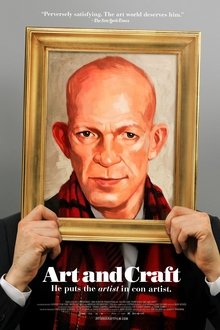
Art and Craft (2014)
For several decades, gifted and incredibly prolific forger Mark Landis compulsively created impeccable copies of works by a variety of major artists, donating them to institutions across the country and landing pieces on many of their walls. ART AND CRAFT brings us into the cluttered and insular life of an unforgettable character just as he finds his foil in an equally obsessive art registrar.

Mohawk Girls (2005)
For three teenage girls growing up in Kahnawake — and indeed, all teenagers on the reserve — life can be quite confusing. If they want to move away to pursue new experiences — perhaps in nearby Montreal — they risk losing credibility, or worse yet, their rights as Mohawk women. Of course, if they stay, their opportunities in the tiny community are limited. With insight, humour and heart, director Tracey Deer (who left Kahnawake to attend school and pursue filmmaking) returns to her community to follow these Mohawk girls and tell their stories. Her deeply emotional documentary reveals the complex hope, heartache and promise of growing up Indigenous in the 21st century.
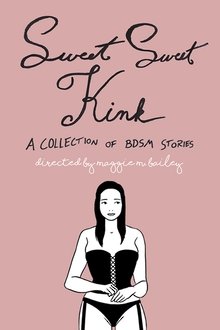
Sweet Sweet Kink: A Collection of BDSM Stories (2019)
Sweet Sweet Kink takes a sweet, sweet peek into the kinky world of bondage, dominance, and sadomasochism through stories of intimate connection, consensual exploration, and deep self-reflection.

Nothing Like Chocolate (2012)
Deep in the rain forests of Grenada, anarchist chocolatier Mott Green seeks solutions to the problems of a ravaged global chocolate industry. Solar power, employee shareholding and small-scale antique equipment turn out delicious chocolate in the hamlet of Hermitage, Grenada. Finding hope in an an industry entrenched in enslaved child labor, irresponsible corporate greed, and tasteless, synthetic products, Nothing like Chocolate reveals the compelling story of the relentless Mott Green, founder of the Grenada Chocolate Company.
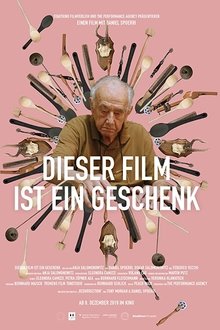
This Movie Is a Gift (2019)
A film about the artist Daniel Spoerri. It's actually a film about a thought by Daniel Spoerri: a film almost without Daniel Spoerri, it's actually mostly acted out by a child - to say no less than that everything somehow goes on in life, even if you die in between.
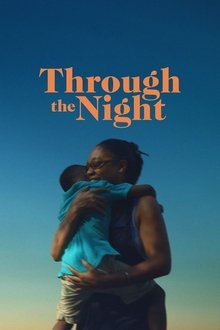
Through the Night (2021)
When one’s sole focus is to provide for their children, the stakes are extremely high. The need for multiple jobs to make ends meet has become a common reality for many families in this country, which leads to a very important question: who looks after the children while their parents work? Through the Night examines the economic and emotional toll affecting some American families, told through the lens of a 24-hour daycare center in Westchester, New York. At the center of it all is Nunu, the primary caregiver and a hero to many families in need of a safe space to bring their children.
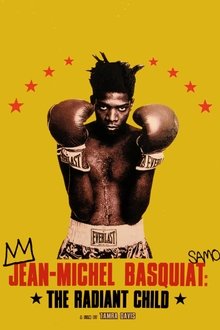
Jean-Michel Basquiat: The Radiant Child (2010)
A thoughtful portrait of a renowned artist, this documentary shines the spotlight on New York City painter Jean-Michel Basquiat. Featuring extensive interviews conducted by Basquiat's friend, filmmaker Tamra Davis, the production reveals how he dealt with being a black artist in a predominantly white field. The film also explores Basquiat's rise in the art world, which led to a close relationship with Andy Warhol, and looks at how the young painter coped with acclaim, scrutiny and fame.
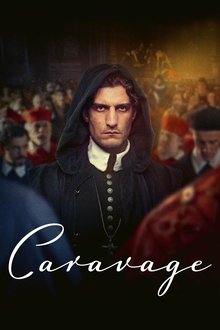
Caravaggio's Shadow (2022)
The Catholic Church secretly investigates Caravaggio as the Pope weighs whether to grant him clemency for killing a rival.
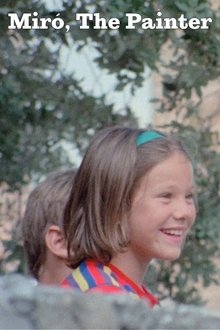
Miró, The Painter (1979)
Short piece for the TV series Aujourd'hui en France [Today in France]. The review of an exhibition by Miró at the Maeght Foundation offers the opportunity to approach the surrealist artist from the filmmaker's central themes: the theatre, the interrelationship between the arts and the transformation of the childhood experience through art. The ensemble is like a work by Joan Miró translated into real life. This is its first screening after its television premiere in 1980. Translated with www.DeepL.com/Translator (free version)
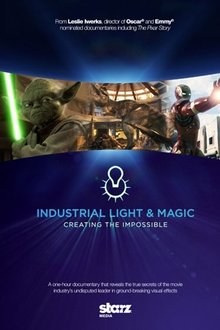
Industrial Light & Magic: Creating the Impossible (2010)
Leslie Iwerks' documentary takes audiences behind the scenes at ILM with in depth interviews with some of the company's top talent and showcases never before seen footage highlighting many of their pioneering milestones. From creating the first ever computer generated character in a feature film to the latest advancements in visual effects for film franchises like Transformers and Iron Man, ILM has created some of the most memorable movie moments in recent history.

Girlhood (2003)
Documentary chronicling America's justice system. Follows two female inmates – victims of horrific violence and tragedy – who are serving time in a Maryland juvenile detention center.

Children Underground (2001)
Children Underground follows the story of five street children, aged eight to sixteen who live in a subway station in Bucharest, Romania. The street kids are encountered daily by commuting adults, who pass them by in the station as they starve, swindle, and steal, all while searching desperately for a fresh can of paint to get high with.
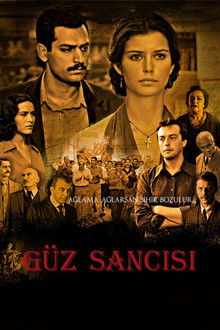
Pains of Autumn (2009)
When a nationalistic wealthy landowner's idealist son falls for a non-muslim prostitute, he finds himself in a conflict between his feelings and politics under the shadow of the events of September 6th-7th in 1955, the Istanbul Pogrom.

Home (2009)
Inga is a mother with the soul of a poet at a crossroads. Her estranged husband Hermann is bereft of emotional support for her in the wake of her recovery from breast cancer, let alone her passion for buying and restoring and house that reminds her of her childhood home. She shares a close bond with her eight-year-old daughter, and though she is troubled by her decaying marriage, she retains a strong spirit of optimism, as expressed in her own writing.

65_RedRoses (2009)
65_Redroses is a 2009 documentary film about Eva Markvoort, a young woman from New Westminster, British Columbia, who suffered from cystic fibrosis. The film follows Markvoort as she lives her life undaunted by her disease, waiting for a lung transplant while blogging about her experiences.
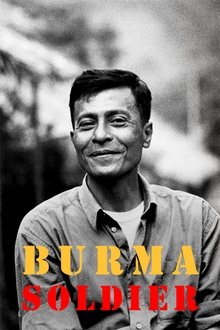
Burma Soldier (2010)
The story of Myo Myint, a political prisoner, who made the transformation from being a soldier in Burma's junta to a pro-democracy activist.
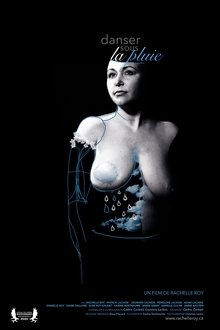
Dancing in the rain (2020)
Self-portrait of a 38-year-old mother from Abitibi, struggling with breast cancer.
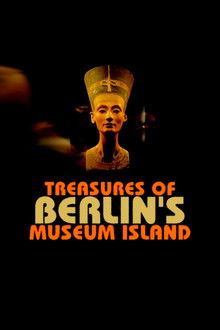
Berlin's Treasure Trove (2018)
Berlin’s Museum Island, the cultural center of the German capital on the Spree river, houses a large number of art pieces from all over the globe, from the Stone Age to the present day. A walk through their great institutions to marvel at their masterpieces.
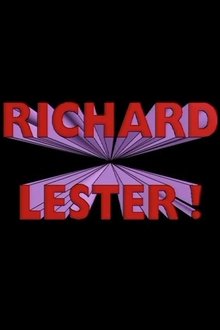
Richard Lester! (1998)
A tribute to Richard Lester, Philadelphia-born filmmaker who moved to England to direct the modern classics "A Hard Day's Night," "Petulia," and "Help!"

A Horse Is Not a Metaphor (2009)
The filmmaker, fighting ovarian cancer, stage 3, returns to her experimental roots, in a multilayered film of numerous chemotherapy sessions with images of light and movement that take her far from the hospital bed. A a cancer ‘thriver’ rather than ’survivor’, Barbara Hammer rides the red hills of Georgia O’Keefe’s Ghost Ranch in New Mexico, the grassy foothlls of the Big Horn in Wyoming, and leafy paths in Woodstock, New York changing illness into recovery. The haunting and wondrous music of Meredith Monk underscores and celebrates in this film that lifts us up when we might be most discouraged.